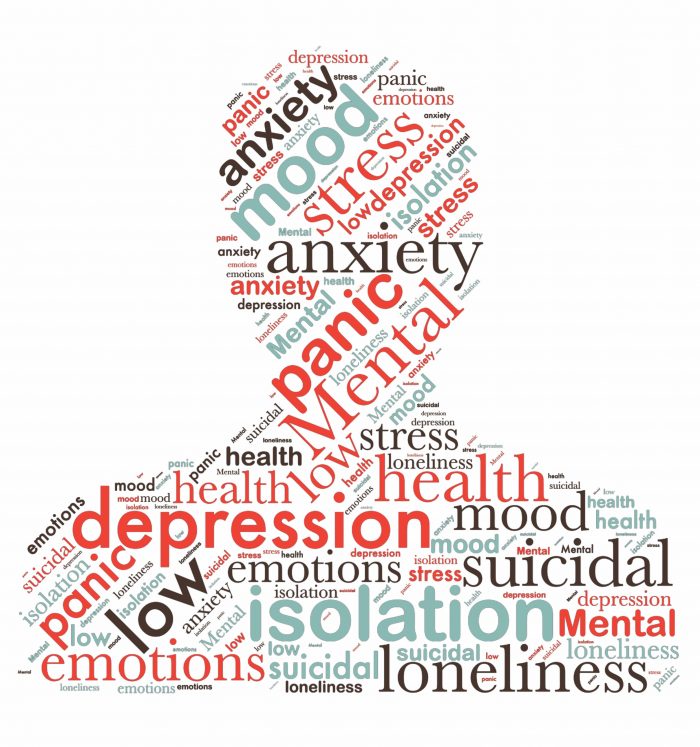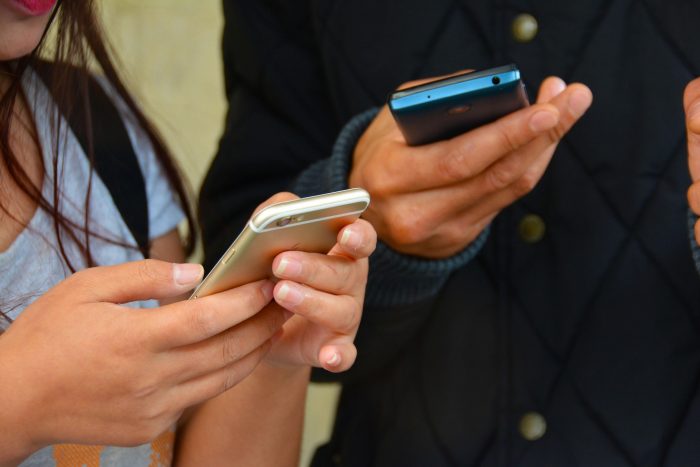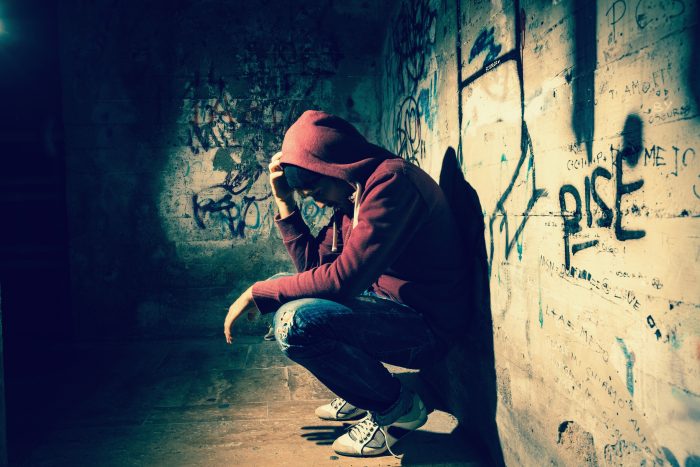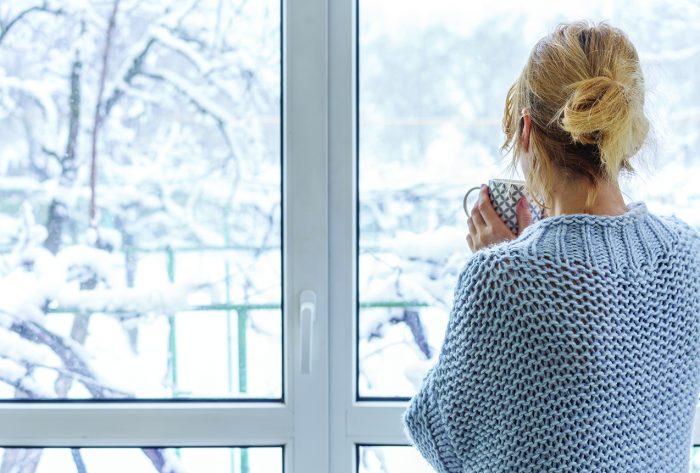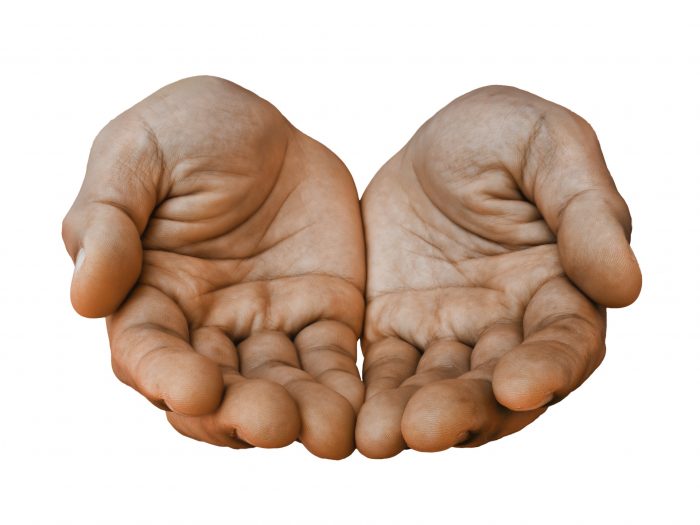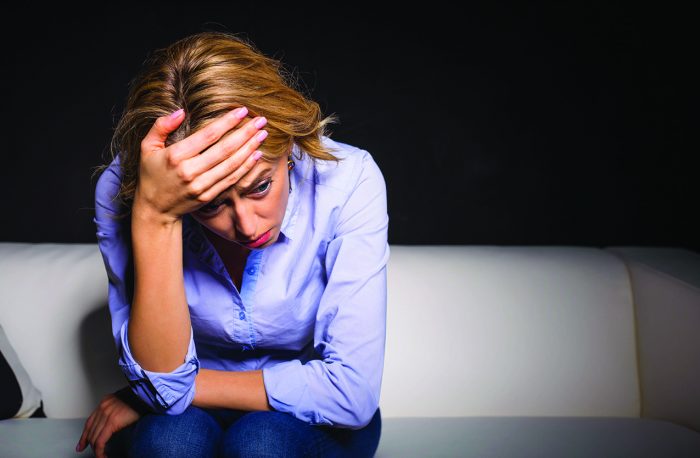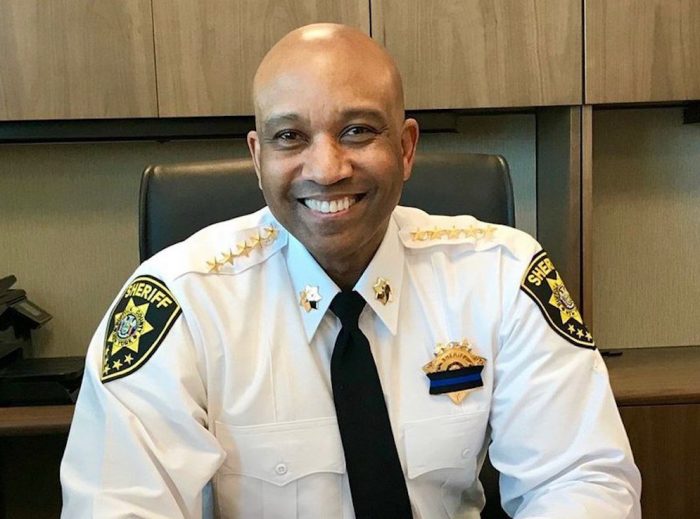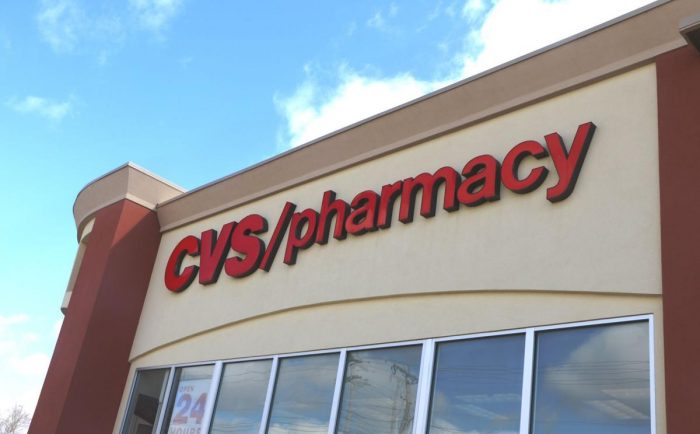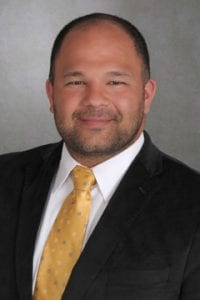By Colleen Merlo, LMSW
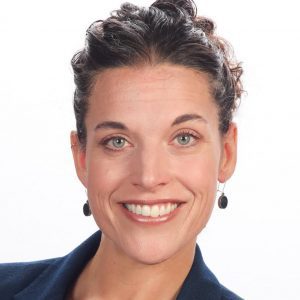
One need not look very far to know that we are facing a mental health crisis. CDC data shows that youth are reporting high rates of poor mental health and suicidal thoughts and behaviors, and a recently published report by the Surgeon General declared loneliness an epidemic.
For many Long Islanders, these findings are not merely statistics or verbiage. This crisis is affecting their daily lives. It may show up with a child pleased to not attend school, or through a decline in the cognitive health of an aging parent. Many of us are feeling a rawness that we cannot quite put to words, nevertheless we know it is there. For some of us it shows up as irritability and angst; others are walking around feeling exhausted.
Living through a pandemic has changed all of us and the way we think about mental health, and left us less resilient as a society. On the bright side, the pandemic has been a catalyst for increased discussion about mental health. We need to make sure this trend continues. In the past, when people thought about mental health, the topic took a myopic view that focused on illness. While mental illnesses are common, widespread, and can affect anyone (around half of people in the U.S. will meet the criteria for a diagnosable mental health condition at some point in their life), this view left many people overlooking mental health and wellness, and the ways we can foster community mental health.
Every day we have a chance to focus on emotional wellness and incorporate tools into our lives. We also have an opportunity to better recognize and respond to mental distress. An important first step is to learn common warning signs for mental health conditions or crises and how to respond. Mental Health First Aid training takes the fear and hesitation out of starting conversations about mental health and substance use problems by improving understanding and providing an action plan that teaches people to safely and responsibly identify and address a potential mental illness or substance use disorder.
Understanding the risk factors for a mental health condition can be more difficult when it’s your own mental health. Take time to reflect on your thoughts, feelings, and behaviors to see if you see a pattern that may be caused by a mental health condition. Here are some questions to get you started:
• Have things that used to feel easy started feeling difficult?
• Does the idea of doing simple daily tasks now feel really, really hard?
• Have you lost interest in activities and hobbies you used to enjoy?
• Do you feel irritated, possibly to the point of lashing out at people you care about?
• Have you withdrawn from family, friends, or society?
• Are you increasing your use of drugs or alcohol?
If you are concerned about your mental health, there are several options available. You are not alone — help is out there, and recovery is possible. It may be hard to talk about your concerns, but simply acknowledging to yourself that you’re struggling is a really big step.
Taking a screening at http://mhaw.org/get-involved/online-screening/ can help you to better understand what you are experiencing and get helpful resources. After that, consider talking to someone you trust about your results, and seek out a professional to find the support you need.
A phone call to the Association for Mental Health and Wellness can help link you to support, services, workshops, and trainings. Call MHAW at 631-471-7242 ext. 2. While you may not need this information today, knowing the basics about mental health will mean you’re prepared if you ever need it.
Colleen Merlo, LMSW, is a the Chief Executive Officer of the Association for Mental Health and Wellness in Ronkonkoma.
*This article first appeared in TBR News Media’s supplement Focus on Health on May 25, 2023.

